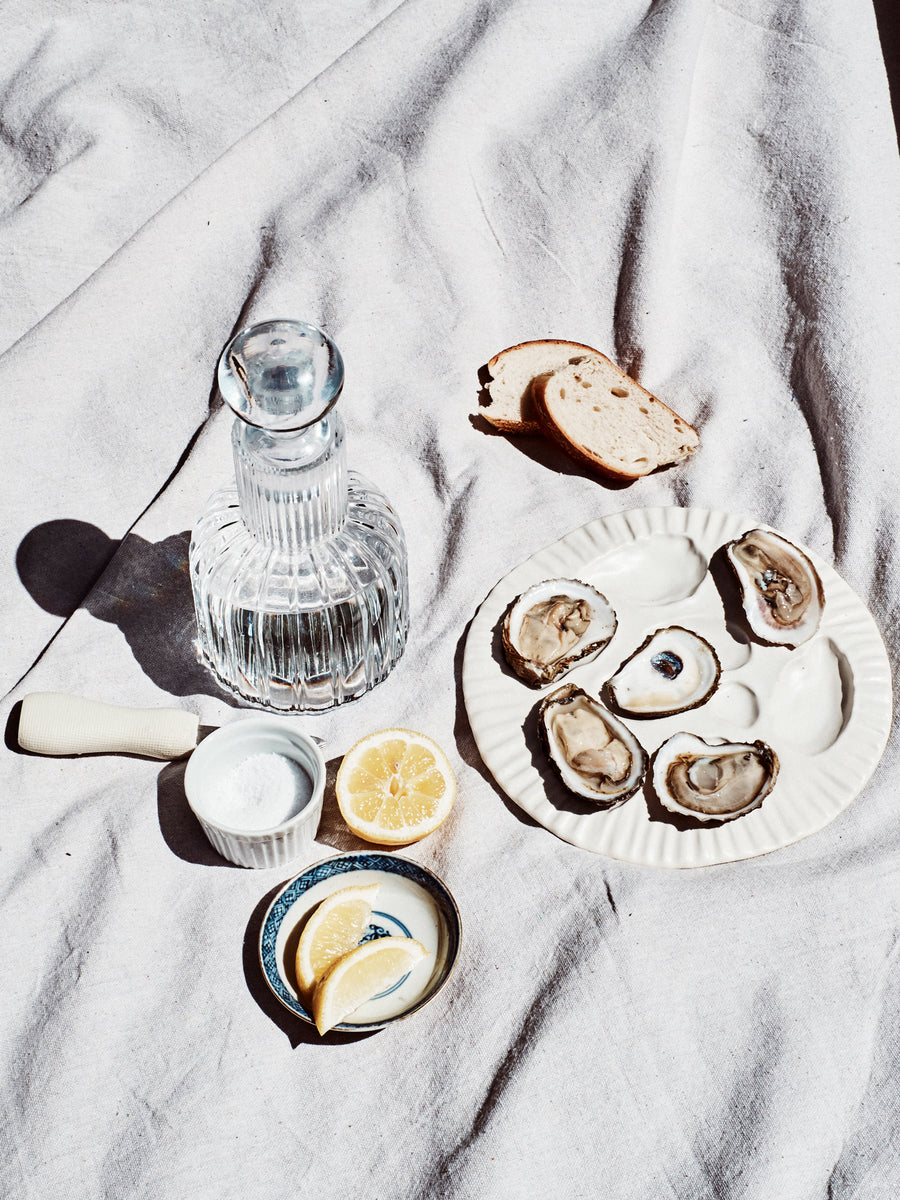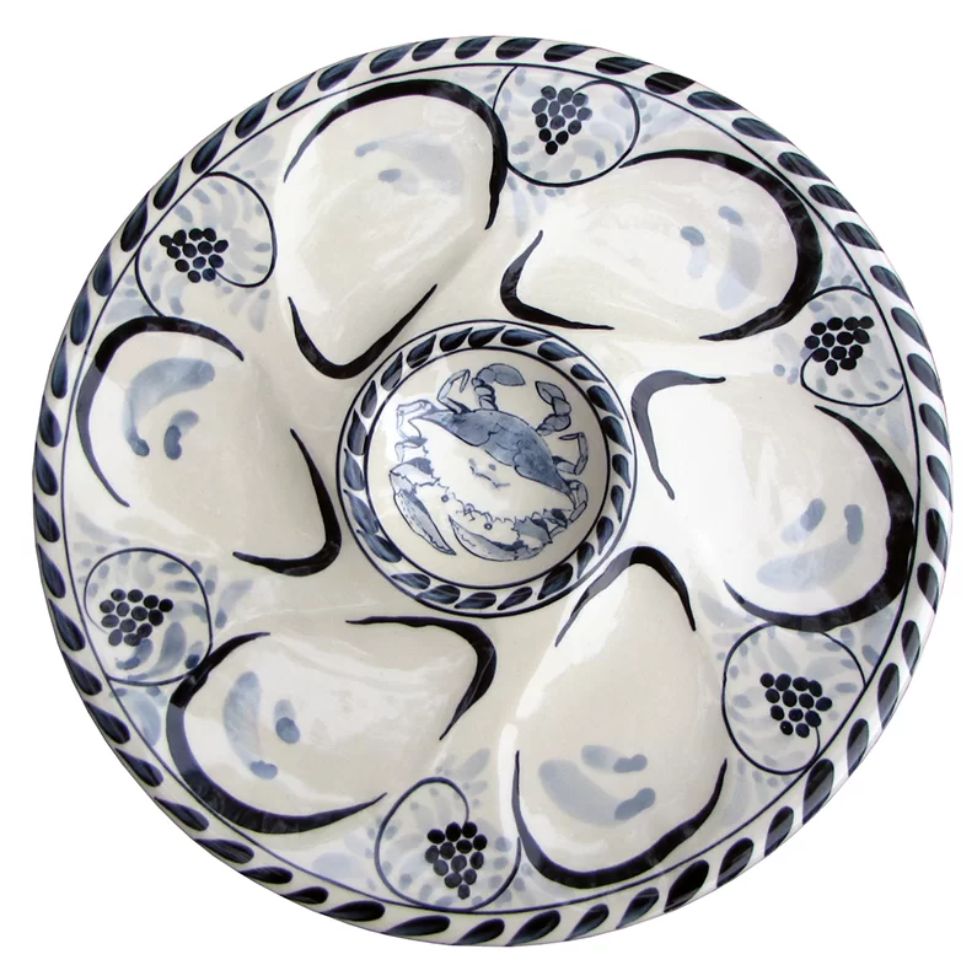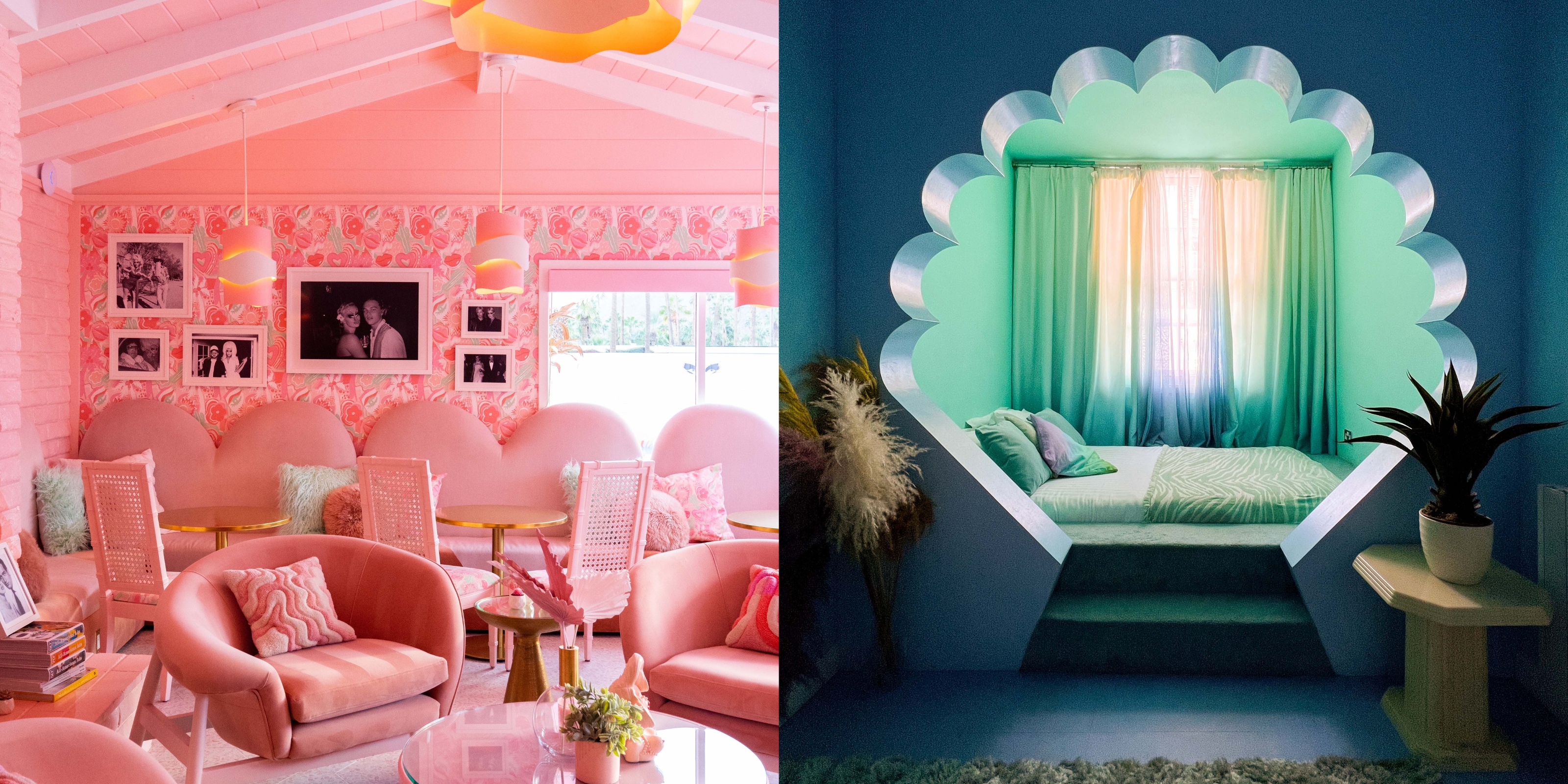The "Oyster Plate" is the Victorian-Era Decor We're Now Spotting at the Coolest Dinner Parties
We talk to ceramicists about the viral rise of these specialized serving platters, and why snack plates might just be the next big thing in home entertaining
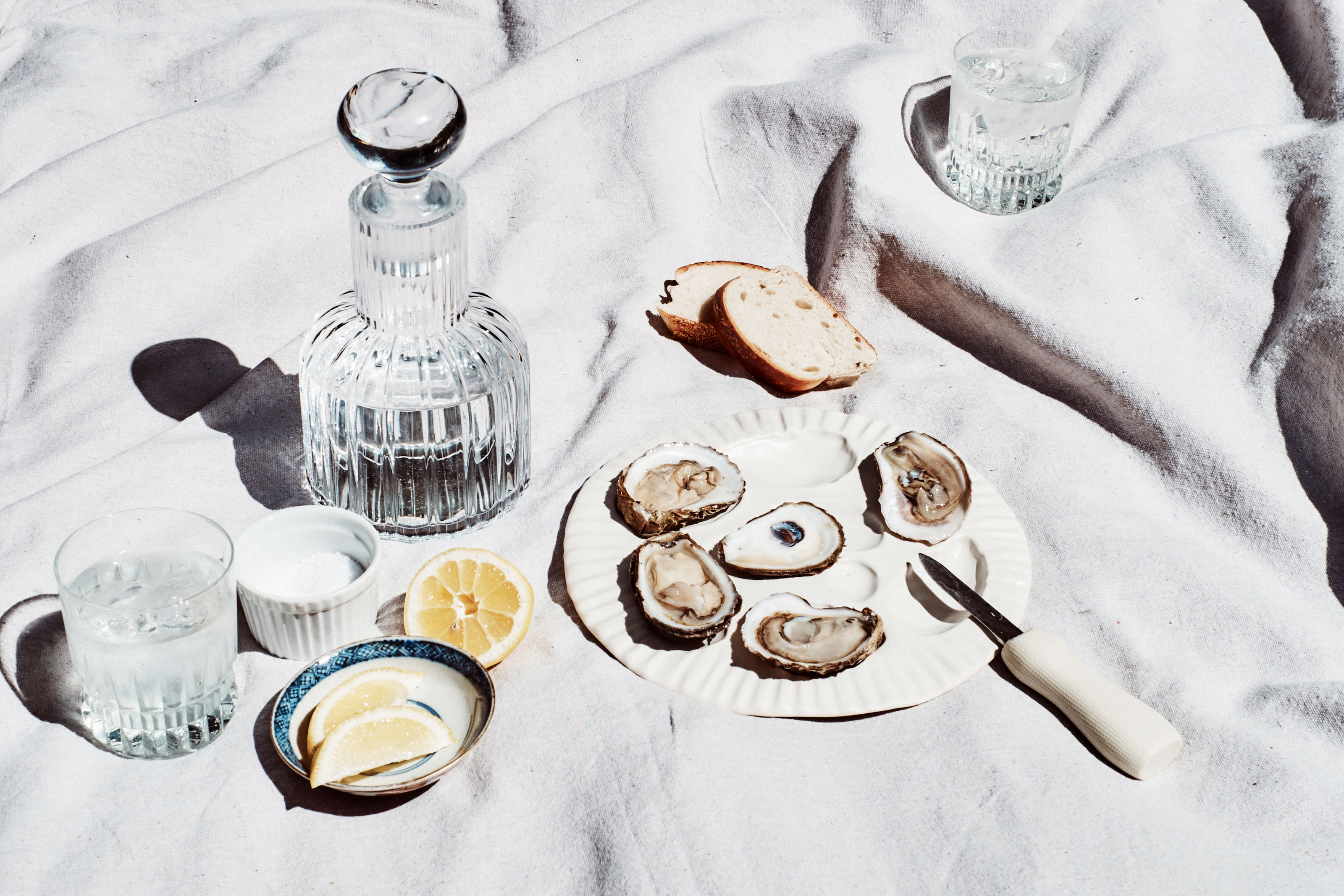

"Woke up with a huge feeling of need for this thing," reads a comment on a now-viral TikTok by Gabby Geismar Machi of Goobs Ceramics — and it's much the same feeling I had about the 'oyster plates' the Brooklyn-based ceramic artist posts on her social channels.
It's something that I, of course, didn't know existed until that very moment, but has changed my outlook on what it means to have a well-rounded collection of servingware for a dinner party. The previous approach? Large serving platters as versatile as possible that make-do for whatever you're plating. The new approach? Bespoke, niche, the right dish for the right occasion.
The oyster plate is by no means a new idea. "[They] have a rich history, dating back to the Victorian era when they were considered the epitome of elegance and luxury," artist Catherine Rex, a Californian-based designer behind Rex Design explains. "These plates were crafted to highlight the beauty of oysters, elevating them as a delicacy."
But they weren't just aesthetic pieces — there was a practical reason the Victorians used this type of platter to serve oysters. Because oysters have an abrasive shell, they'd scratch the more-delicate, often intricately-painted plates used, so the oyster plate offered a way to serve them without the shell, while retaining the theatricality of the cuisine.
Today's plates are more robust, and often sees oysters served in their shells — so why are they making a comeback, and why do I want one so much? Just to make it clear — I don't even eat shellfish; however, the re-emergence of the oyster plate highlights a wider design trend in beautiful ceramics that serve a niche in hosting that I can't help but get on board with.
Why are oyster plates making a comeback?
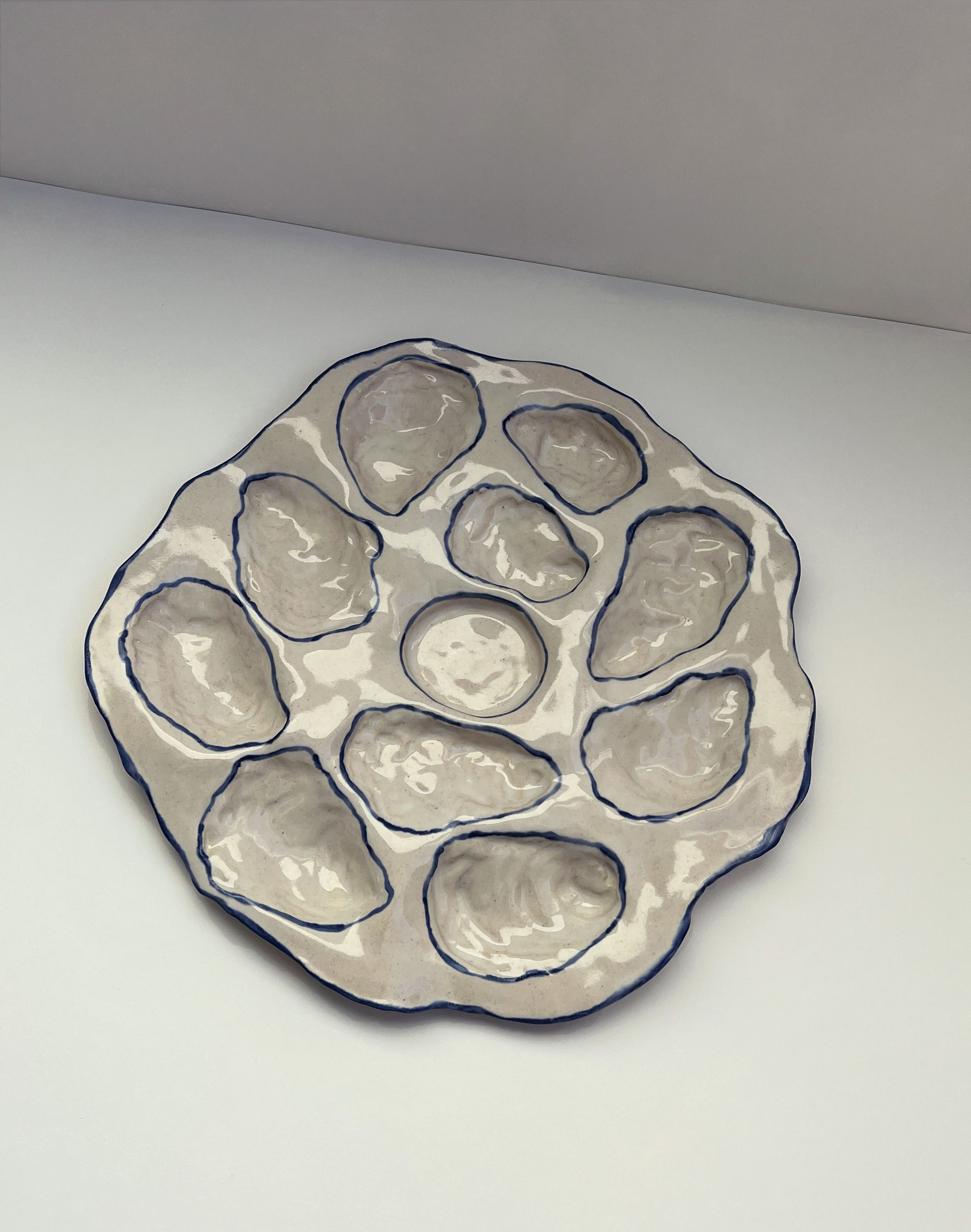
The popularity of the oyster plate still coincides with space being at a premium in our kitchens, especially for Gabby Geismar Machi of Goobs Ceramics' New York clientele, for example. So, why are we swinging back around to specific, niche designs when we still need to find the room to store serving platters?
"In today's world, people are looking to fill their homes with objects that feel unique and have a specific use," Gabby tells me. "This is especially true for my customers in their twenties and thirties who love hosting their friends and family at home for intimate gatherings. As an artist, I feel passionately that special objects foster the opportunity to create lasting memories around the table and oysters are the perfect vehicle for this."
Be The First To Know
The Livingetc newsletters are your inside source for what’s shaping interiors now - and what’s next. Discover trend forecasts, smart style ideas, and curated shopping inspiration that brings design to life. Subscribe today and stay ahead of the curve.
There's a shift to making considered decisions on what we buy and how we present ourselves that fits more around the things we love and that are important to us, more than general utility.
It rings true for Catherine Rex of Rex Design, too. "One of the beauties of handmade ceramics is weaving art into our everyday rituals," she says. "I also think the oyster plate design invites people to engage with the dining experience as a conversation piece, as an artwork, and as a serving platter."
What makes a good oyster plate?
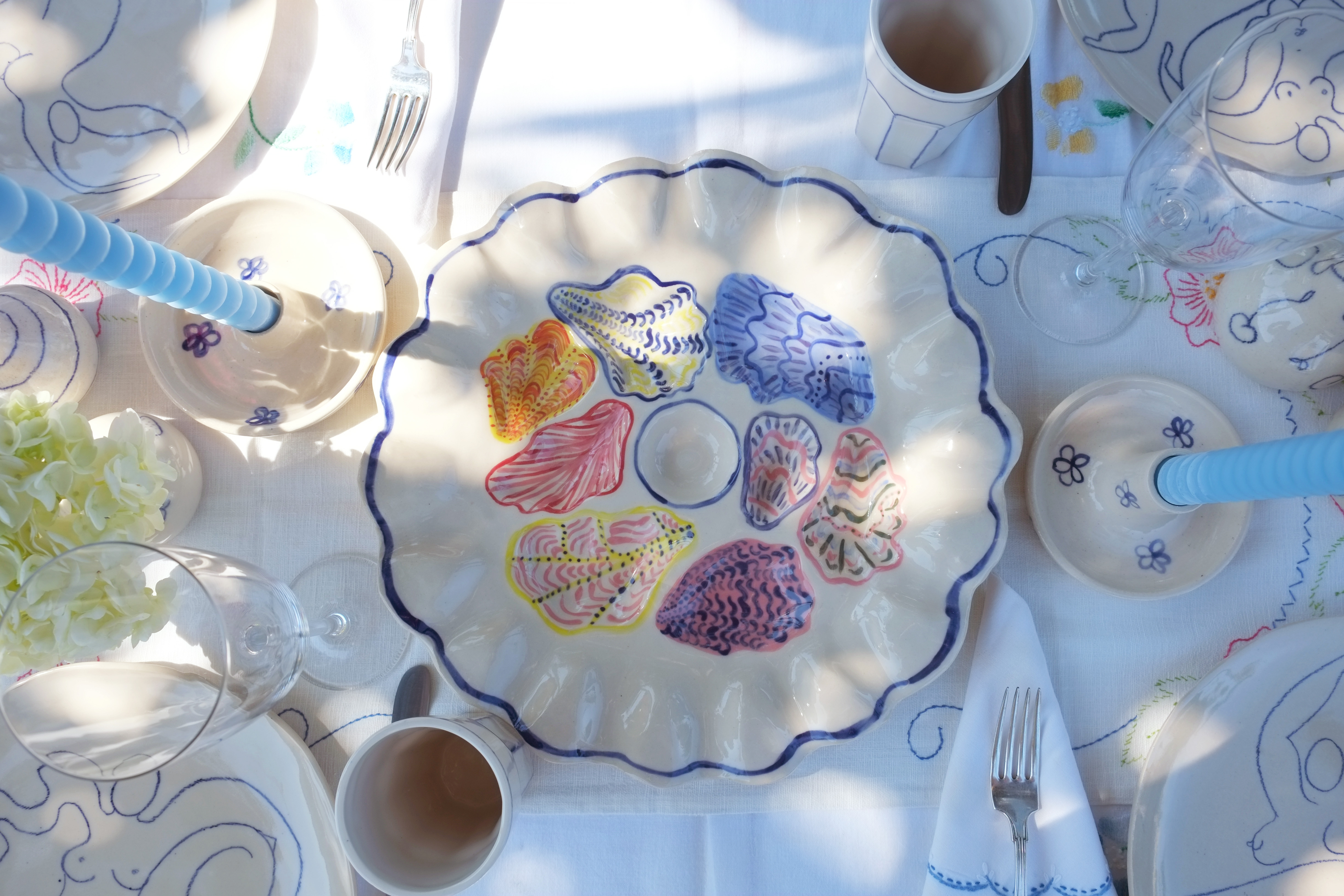
A cursory online search for oyster plates reveals your options are broad when it comes to the design of one of these pieces. From mass-produced ceramic and metal, to hand-molded and painted by artisan makers like Gabrielle and Catherine, there's plenty of scope to make your choice an expression of your home's style.
For Catherine, she's drawn to ideas that bring a coastal design to her pieces. "A good oyster plate seamlessly combines the beauty of the ocean with form and function," she explains. "Personally, I have designed my plates with rich colors and hand-painted details that evoke the textures and hues found under the sea. It should feature wells that cradle the oysters securely, with a central bowl for your favorite garnish — I’m partial to lemon myself."
Gabby often recommends serving the oyster plate over a tray of ice if at home to keep cool when serving.
How are they made?
The making of an oyster plate often relies on using shells to create the perfect wells. Gabby, who has a Bachelor of Fine Arts from San Francisco Art Institute, is no exception.
"My love for oysters took on a new life in 2022 when I moved to Brooklyn from San Francisco. My husband and I started dining at the incredible restaurants in our neighborhood and sharing a dozen oysters. We often find ourselves at a New Orleans-styled Oyster Bar in Williamsburg called Maison Premiere. They source oysters from all over North America, and you get a menu with a list of twenty-ish different oysters available that day. You can choose which oysters you want and how many of each," she tells me.
After many weekends bonding over that shared dining experience, the ceramic artist knew she had to make an oyster plate to recreate the feeling at home. "We decided to celebrate my 28th birthday at Maison Premiere, and I went to that dinner knowing I was going to ask to take home the oyster shells to create my plate. After that, I researched how to preserve the shells so I could use them to mold my plate. It's been almost a year since I started making oyster plates, and to this day, I'm still using those same oysters I brought home from my birthday dinner," Gabby says.
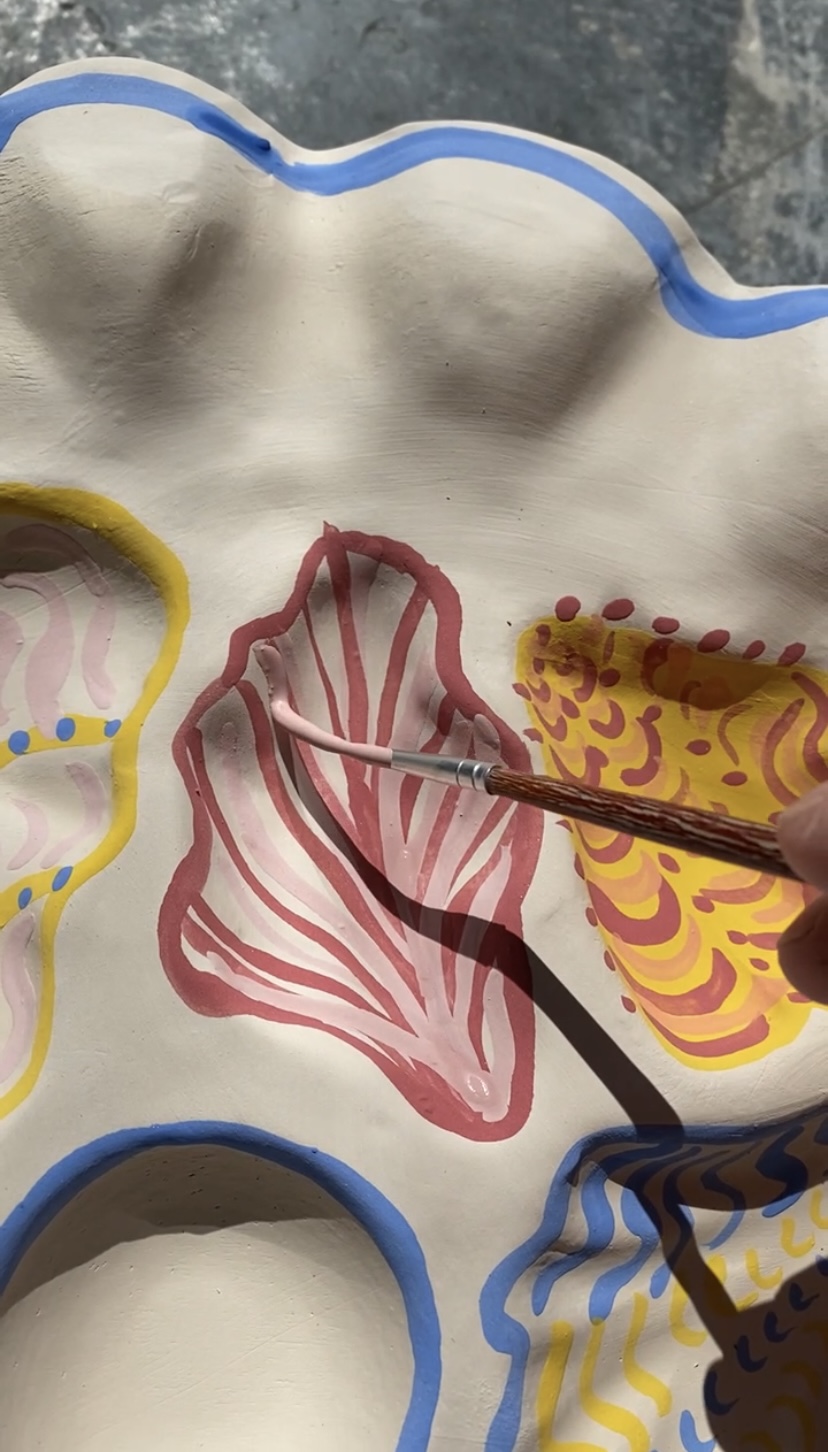
Catherine too uses shells to create her oyster plate designs. "Sometimes I sketch out an initial design, but this one developed more organically," she says, of the oyster plate above. "I played with multiple arrangements of the oysters until it felt just right, like they were dancing with each other."
"I then carve these shapes into clay to create a master mold. From this plaster mold, I shape each plate, pressing freshly rolled slabs of clay into the mold to take form. I let them dry slowly for one to two weeks."
"Before their first firing, I paint abstract oyster shell designs, inspired by the time I spent painting shells with my mother as a child" Catherine explains. "The platter then undergoes a two-day firing, after which I apply a clear, food-safe glaze and fire it again for another two days, vitrifying the piece at over 2000°F. Finally, I grind the bottoms to ensure they are even and smooth before sending them to their new homes. There is a lot of love and time that goes into each piece."
Do I really need an oyster plate?
If you're not an oyster-shucker by nature, chances are you've not read this far anyway, but the oyster plate says more about how we're choosing to present food when entertaining guests than just being limited to those who like to indulge in the delicacy. And they're not without their versatility, too — there's other ways to use it to enhance a basic table setting.
"I’m all about casual dinner parties, and I love using pieces that formally only have one purpose, like an oyster plate, for whatever you're serving," Catherine says. "I’ll throw on an array of charcuterie or even little appetizers with a dip in the center. What makes any platter great is how it becomes the centerpiece of the table — something that catches the eye and sparks conversation."
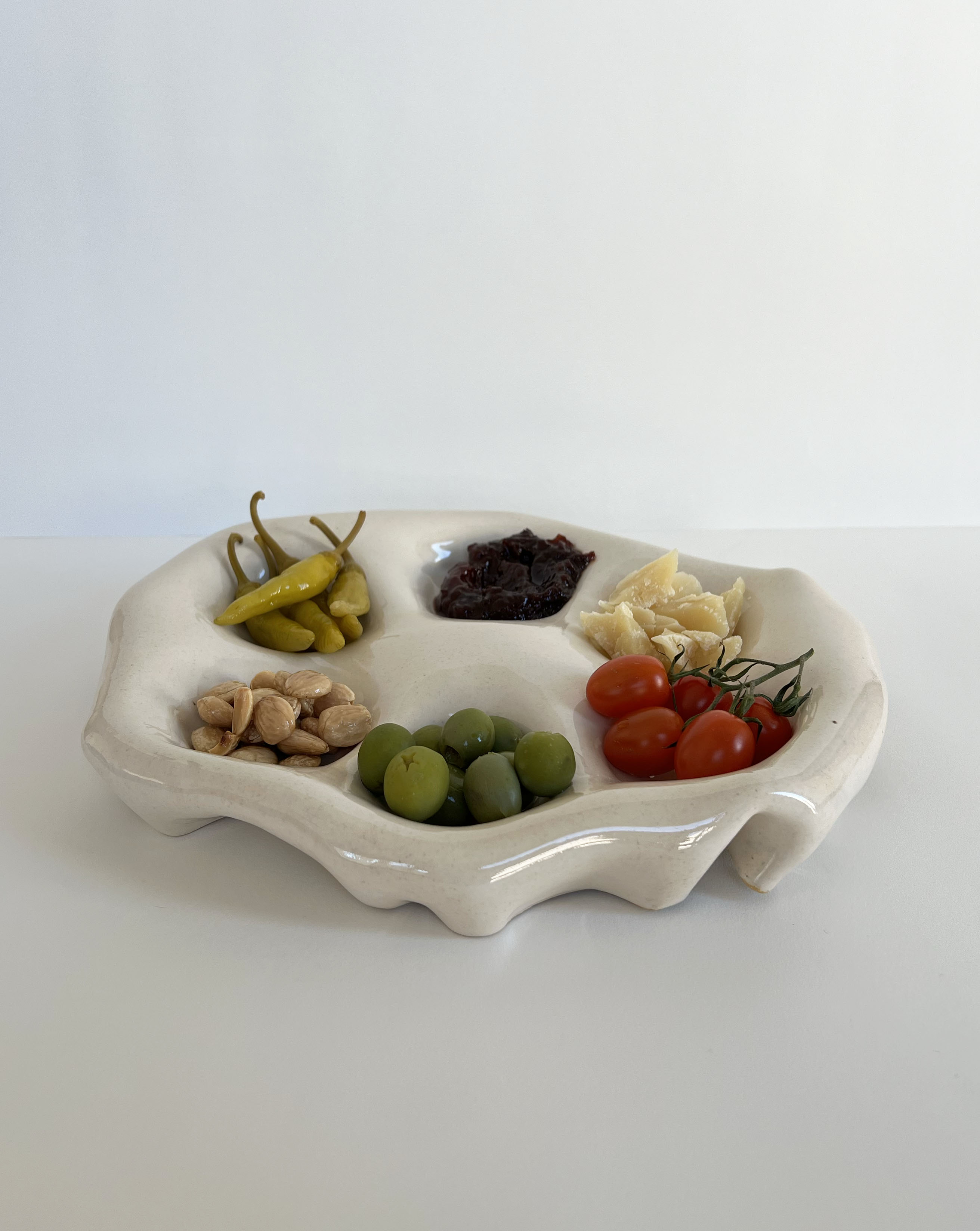
Gabby goes one step further, incorporating a 'snack plate' as one of her signature pieces. "My snack plate absolutely feeds into the same feelings as oyster plates and was similarly inspired by creating memories around food with friends and family," she tells me. "It works as a personal snack plate and a serving plate for hosting, which is how I typically use it. The concept for my snack plate was initially derived from making Seder plates for the Jewish holiday, Passover. When I first started making them, I was inspired by a Hanukkah Menorah I made called 'The Blobby Menorah' — I wanted to create and mimic the same curvy, blobby effect but in a plate format for the next holiday."
"Once the plate came to life, I felt the concept went far beyond using it as a holiday centerpiece. My family has always been extremely passionate about cooking, dining, and sharing food experiences, so when I started sharing the piece with family and friends, using it as a snack plate was a natural evolution. Once I realized it was a snack plate, it felt so important to share that with the world, especially with the social media trend of 'girl dinner' on the rise."
The idea of the oyster plate is fun, it's irreverent, and it is by no means something everyone will want to own. For those who enjoy oysters, whether by themselves or as a dinner party entrée, it's definitely a 'moment-making' piece of decor. "A niche piece like an oyster plate allows people to turn the simplest moments and meals at home into memorable occasions," Gabby concludes, and isn't that just what we're all looking for?
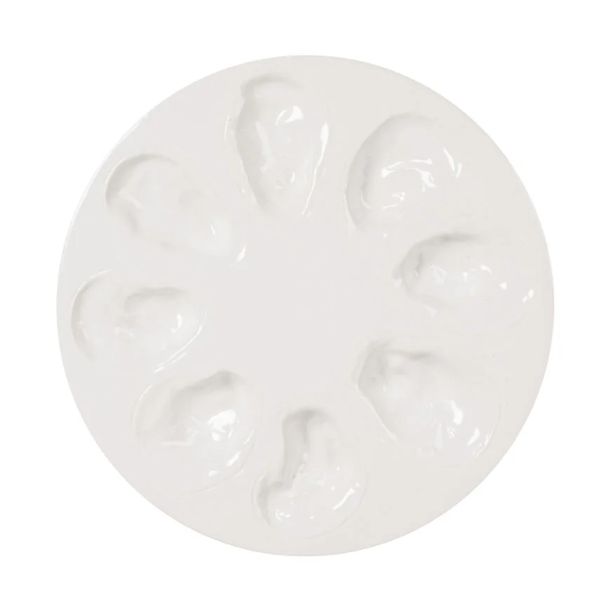
Price: $59.99
Super minimalist, this oyster plate has shapely-wells (but not center well for your accoutrements).

Price: $35
Pretty, modern and painterly, this oyster plate takes on a more abstract shape.

Price: $60
With a water color-esque glaze, this design feels beautifully artisan.

Hugh is Livingetc.com’s editor. With 8 years in the interiors industry under his belt, he has the nose for what people want to know about re-decorating their homes. He prides himself as an expert trend forecaster, visiting design fairs, showrooms and keeping an eye out for emerging designers to hone his eye. He joined Livingetc back in 2022 as a content editor, as a long-time reader of the print magazine, before becoming its online editor. Hugh has previously spent time as an editor for a kitchen and bathroom magazine, and has written for “hands-on” home brands such as Homebuilding & Renovating and Grand Designs magazine, so his knowledge of what it takes to create a home goes beyond the surface, too. Though not a trained interior designer, Hugh has cut his design teeth by managing several major interior design projects to date, each for private clients. He's also a keen DIYer — he's done everything from laying his own patio and building an integrated cooker hood from scratch, to undertaking plenty of creative IKEA hacks to help achieve the luxurious look he loves in design, when his budget doesn't always stretch that far.
-
 My 10 Favorite Designs at Milan Design Week 2025 — Out of the Hundreds of Pieces I Saw
My 10 Favorite Designs at Milan Design Week 2025 — Out of the Hundreds of Pieces I SawThere is a new elegance, color, and shape being shown in Milan this week, and these are the pieces that caught my eye
By Pip Rich
-
 Iridescence Is Chrome’s More Playful, Hard-to-Define Cousin — And You're About to See It Everywhere
Iridescence Is Chrome’s More Playful, Hard-to-Define Cousin — And You're About to See It EverywhereThis kinetic finish signals a broader shift toward surfaces that move, shimmer, and surprise. Here's where to find it now
By Julia Demer
